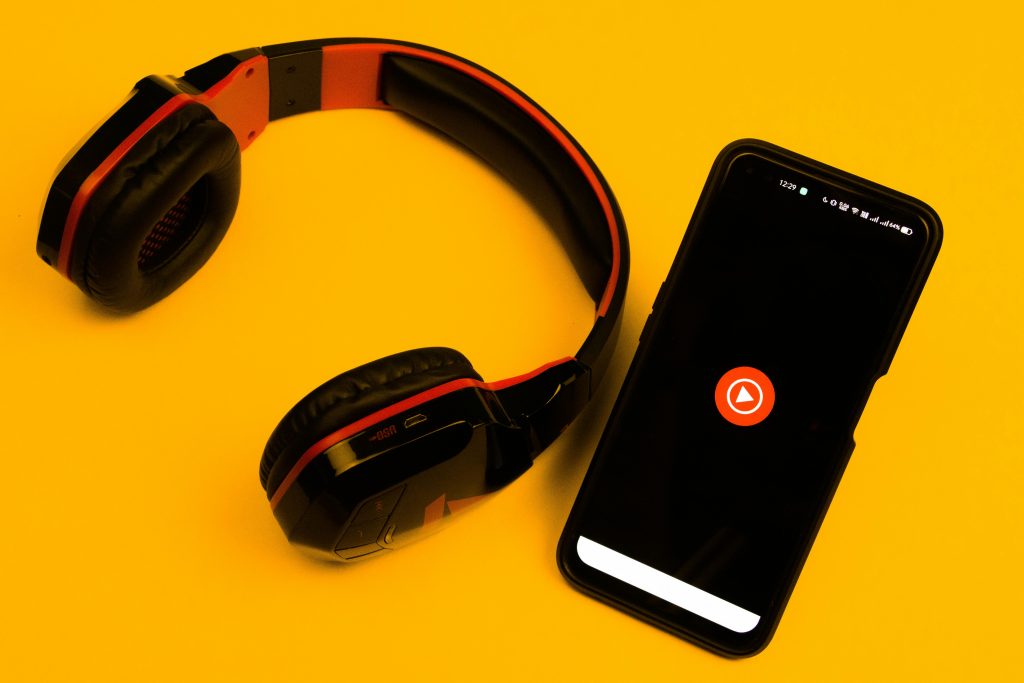How to Clone an Encrypted, Failing Hard Drive Not Recognized by Windows
Dealing with a failing hard drive can be a stressful experience, especially when important data is at stake. If your drive is showing signs of physical failure—such as many bad sectors—and is not recognized by Windows, it can complicate data recovery efforts. This article provides guidance on how to approach cloning an encrypted, failing drive that isn’t visible through conventional methods.
Understanding the Situation
Imagine a scenario where your hard drive (HDD) has developed around 900 bad sectors, with error codes like C5 and C6 indicating serious hardware issues. Since this morning, the drive no longer appears in Windows Explorer, making access to vital data impossible through standard means.
Tools Detecting the Drive
Though Windows does not recognize the drive, specialized diagnostic tools like CrystalDiskInfo can still detect it, albeit without assigning drive letters. Similarly, bootable utilities like Clonezilla can recognize the physical presence of the drive during operation. However, cloning the drive remains challenging because:
- It is encrypted with BitLocker.
- Clonezilla cannot directly image encrypted disks.
- The drive might not be accessible through the same methods Windows uses to recognize connected drives.
Challenges in Cloning Encrypted Drives
BitLocker encryption adds a layer of complexity. The drive is encrypted, which means any cloning process must account for this—either by decrypting beforehand or using tools capable of handling encrypted data without compromising security.
Standard cloning tools often rely on copying the disk sector-by-sector, but if the drive isn’t visible in Windows, these tools may not detect the drive at all.
Potential Solutions and Approaches
-
Use Sector-by-Sector Cloning Tools
Certain applications, like AOMEI Backupper, advertise sector-by-sector cloning capabilities even for encrypted drives. However, these tools generally detect drives based on how the OS views hardware. If the drive isn’t recognized by Windows, they may not be able to see it either. -
Access via Low-Level Disk Utilities
Since tools like CrystalDiskInfo can detect the drive at a hardware level, you might consider low-level disk utilities that can access raw sectors directly. These can sometimes bypass encryption and hardware recognition issues, but they require technical expertise to avoid data corruption. -
Decrypt the Drive (If Possible)
If you have the BitLocker recovery key, you could attempt to unlock the drive using Windows or other
Share this content:



